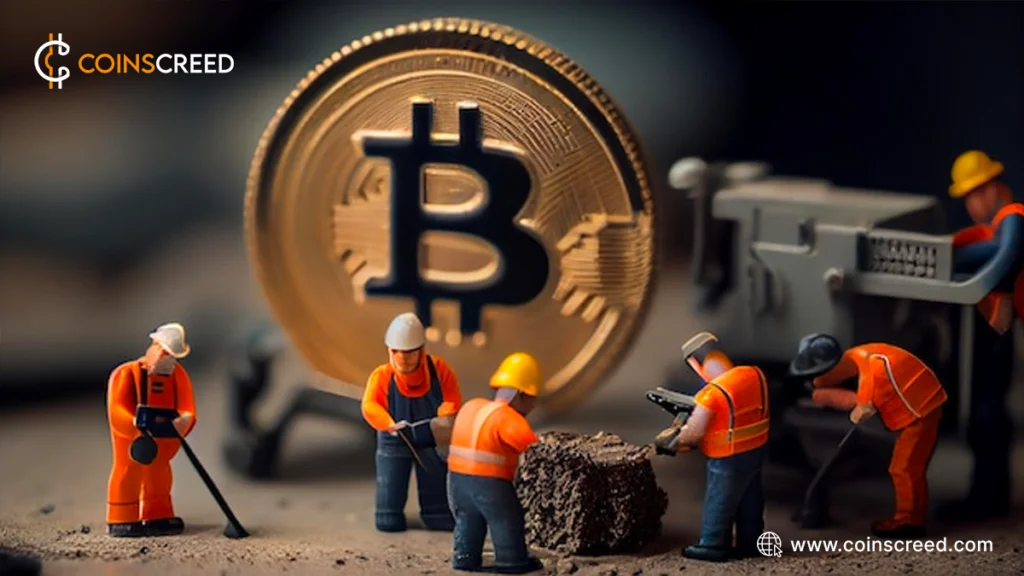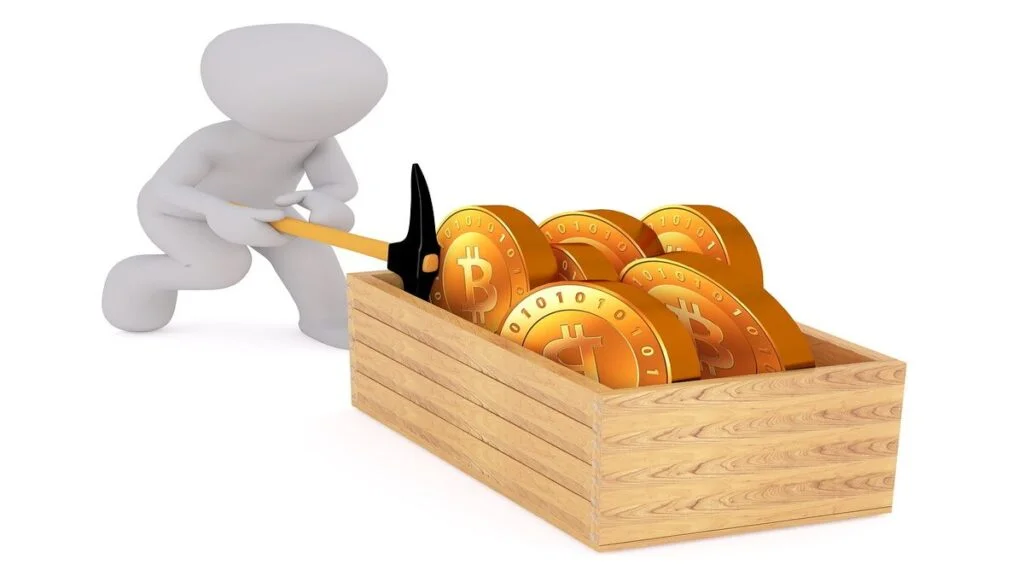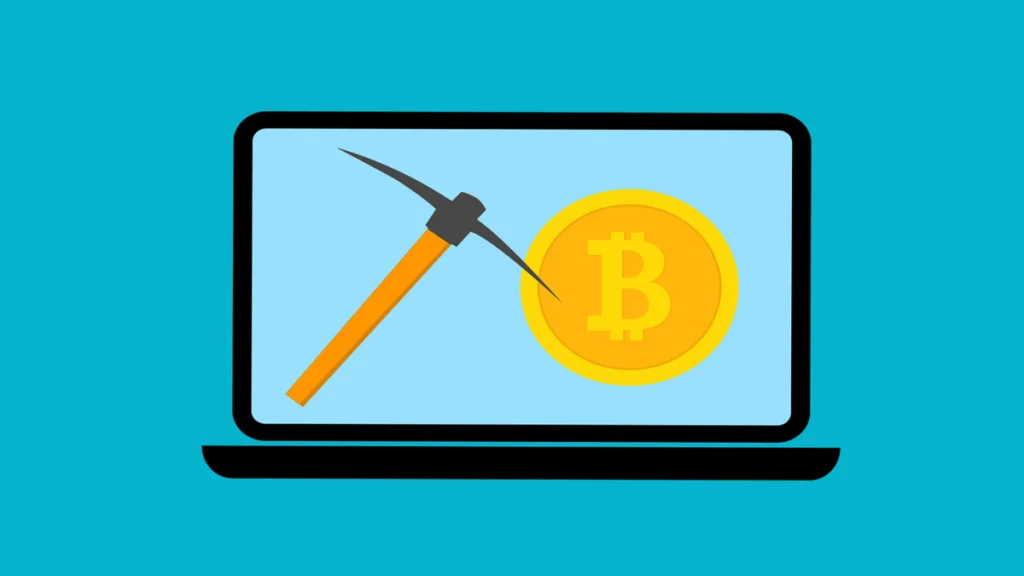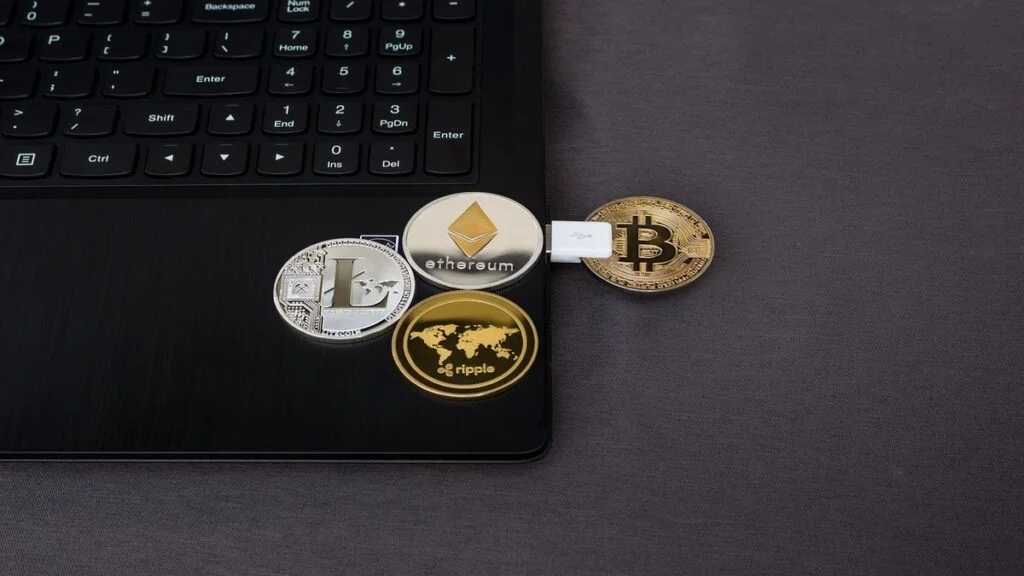If you want to grasp the operations of mining in the world of cryptocurrency, then read this article to learn about crypto mining with some discussions on Bitcoin and Altcoins.

In the rapidly evolving realm of cryptocurrencies, mining serves as the cornerstone process that drives blockchain networks forward. From the pioneering Bitcoin to the diverse spectrum of altcoins, crypto mining entails solving complex mathematical puzzles to validate transactions, bolster network security, and earn valuable rewards. This article offers a comprehensive roadmap to comprehending and embarking on the captivating expedition of crypto mining.
What is Cryptocurrency Mining
At its essence, crypto mining involves validating transactions and fortifying blockchain networks. Miners utilize advanced computers to solve intricate cryptographic puzzles, ensuring the accuracy of transactions and the overall robustness of the network.
Proof of Work vs. Proof of Stake
Within the mining arena, two predominant mechanisms compete for prominence: Proof of Work (PoW) and Proof of Stake (PoS). While Bitcoin relies on PoW, which requires miners to expend significant computational power to solve puzzles, Ethereum’s “Ethereum 2.0 upgrade” embraces PoS, where validators commit a stake to partake in block validation, and this is celebrated for its energy efficiency.
Equipping Yourself with the Right Tools for Mining Cryptocurrencies
Commencing your mining journey necessitates the acquisition of suitable hardware. Distinct cryptocurrencies demand specific hardware types. Bitcoin and certain altcoins necessitate specialized Application-Specific Integrated Circuits (ASICs), while others thrive on the computational prowess of Graphics Processing Units (GPUs) or even Central Processing Units (CPUs). Prior research guides your hardware selection.
Navigating Software and Secure Wallets for Mining Cryptocurrencies
Effectively navigating the landscape of crypto mining mandates the use of compatible software in accordance with your hardware. Notably, Bitcoin mining frequently employs software like CGMiner or EasyMiner. A secure cryptocurrency wallet also serves as a sanctuary to safeguard your earned digital assets.
Pooling Resources for Enhanced Prospects in Mining Cryptocurrency

While individual mining endeavors showcase valor, the colossal computational demands often relegate it to a solitary pursuit. Like a fraternity of miners, mining pools introduce a collaborative path. Here, miners pool their computational resources, sharing rewards proportionately based on their contributions—an approach that balances the odds.
Bitcoin mining
Bitcoin, the trailblazing pioneer of cryptocurrencies, unveiled the concept of crypto mining to the world. Beyond its reputation as the first cryptocurrency, Bitcoin’s mining process has fostered energy consumption and sustainability discussions. Hence, readers can also explore initiatives aimed at making Bitcoin mining more environmentally friendly, such as tapping into renewable energy sources or repurposing waste heat.
However, its highly competitive nature and substantial energy requirements frequently steer individuals toward alternative endeavors.
Altcoin Mining
Altcoins, encompassing any cryptocurrency aside from Bitcoin, also offer a rich assortment of opportunities. When delving into altcoin mining, it is pertinent to highlight the diverse possibilities available.
Some altcoins, like Litecoin, utilize different PoW algorithms to enable fairer participation. Also, certain altcoins intentionally resist ASIC dominance, enabling regular GPUs or CPUs to participate in the mining endeavor.
Furthermore, discussing the emergence of merged mining, where miners can simultaneously mine multiple cryptocurrencies with similar algorithms, showcases the intricacies of the altcoin mining landscape.
Guiding Steps to Start Mining
After the explanations above on several concepts involved in mining crypto. A practical step-by-step process has been outlined below which will help you as a guide in mining:
- Step 1: Delve into Research Archives
- Step 2: Acquire Hardware and Software
- Step 3: Choose a Mining Pool
- Step 4: Create a Wallet
- Step 5: Configure and Start Mining
Step 1: Delve into Research Archives
Embark on your journey with thorough research. Study your chosen cryptocurrency, considering elements like market potential, technical intricacies, and the warmth of community support.
In addition to researching the coin’s technical aspects, discussing the importance of understanding the project’s goals and the community’s values can help potential miners align with projects that resonate with them.
Step 2: Acquire Hardware and software
Prepare for your expedition by assembling the appropriate hardware and enveloping it with software tailored to your hardware specifications. Ensuring harmonious compatibility mirrors forging an impenetrable shield. Thus, elaborating on setting up mining software, including configuring optimal settings for efficiency and potential overclocking, can provide practical guidance for newcomers.
Step 3: Choose a Mining Pool
Selecting a reputable mining pool in the mining realm resembles assembling a trusted fellowship. You should scrutinize pool fees, payout methods, and camaraderie within the community.
While discussing mining pool selection, it is also worthwhile to delve into the significance of pool decentralization. Highlighting pools that distribute influence more evenly among participants could empower miners to support healthier network distribution.
Step 4: Create a Wallet
Forge a secure wallet, a digital sanctuary to safeguard your mined coins. Beyond the technicalities of creating a wallet, shedding light on the concept of “cold wallets” (offline wallets) and their enhanced security can enhance readers’ understanding, too. Cold wallets help keep the private keys (and therefore access to the cryptocurrencies) entirely offline.

This isolation from the internet can minimize the risk of unauthorized access, hacking, and malware attacks. Cold wallets are considered one of the most secure ways to store cryptocurrencies over the long term. They also emphasize the importance of securing mined coins and maintaining ownership over time, even while focusing on the practicalities of mining.
Step 5: Configure and Start Mining
With preparations complete, follow the guidance of your chosen mining software. Join forces with your selected mining pool, configure the software to align with the pool’s hub, and commence your mining journey. As an extra tip, providing insights into monitoring tools, troubleshooting common issues, and optimizing mining efficiency can empower miners to navigate challenges effectively.
Factors to Consider in Crypto Mining
As a comprehensive guide to crypto mining, this aspect of this article discusses the factors to consider when you venture into crypto mining. Putting these factors into consideration is vital to aid your crypto mining process, as they point to some specific conditions when mining. These are:
- Energy Costs
- Mining Profitability
- Network Hashrate
- Hardware Maintenance
- Transitioning to the Ethereal PoS
- Democratizing Mining Horizons
Energy Costs
Embarking on the mining journey demands considerable energy resources, casting shadows on potential gains. It is essential to analyze the energy landscape of your region, assessing its potential impact on your mining venture. Further consideration of energy costs includes insights into trends in renewable energy adoption within the mining industry, which can demonstrate the evolving sustainability efforts.
Mining Profitability
Chart your course through the intricate currents of mining profitability. Elements like current coin prices, mining difficulty, and the bounty of block rewards can guide you to prosperous paths.

More so, addressing cryptocurrency price volatility and its impact on mining earnings can provide a more realistic perspective beyond calculating profitability.
Network Hashrate
The hash rate, a guiding star in the mining cosmos, denotes the computational prowess of the network. A higher hash rate signifies increased competition among miners, potentially affecting the frequency of your rewards and overall expedition gains.
Also, the relationship between network hashrate and mining difficulty can help miners anticipate potential challenges in block validation.
Hardware Maintenance
Amid your expedition, remember the importance of caring for your mining hardware. Regular maintenance rituals sustain the vitality and endurance of your hardware ensemble.
In addition to regular maintenance, discussing strategies to extend mining hardware’s lifespan, such as efficient cooling solutions, can offer practical tips for miners.
Transitioning to the Ethereal PoS
In the evolving landscape, numerous cryptocurrencies transition from Proof of Work (PoW) to Proof of Stake (PoS), an ethereal transformation addressing ecological concerns.
PoS extends a hand to the energy-efficient future of mining. Exploring the broader implications of the transition to PoS, such as the potential reduction in carbon footprint and the role of validators, can help provide a holistic view.
Democratizing Mining Horizons
Emerging projects strive to democratize the mining domain, eroding the dominance of massive mining farms. These endeavors plot a course for a more inclusive and dispersed mining landscape.

More so, discussing projects that aim to democratize mining by incentivizing individuals to participate using consumer hardware or mobile devices can showcase the evolving landscape of decentralized mining.
Conclusion
Crypto mining remains a dynamic and evolving field that offers opportunities for individual miners and large-scale operations. The terrain continues to shift from the iconic Bitcoin to the diverse world of Altcoins.
Hence, conducting thorough research is essential before diving into mining cryptocurrency, considering the costs and potential profits associated and staying updated on rising trends. Moreover, as the crypto space keeps developing, mining will remain a crucial aspect of blockchain networks.
